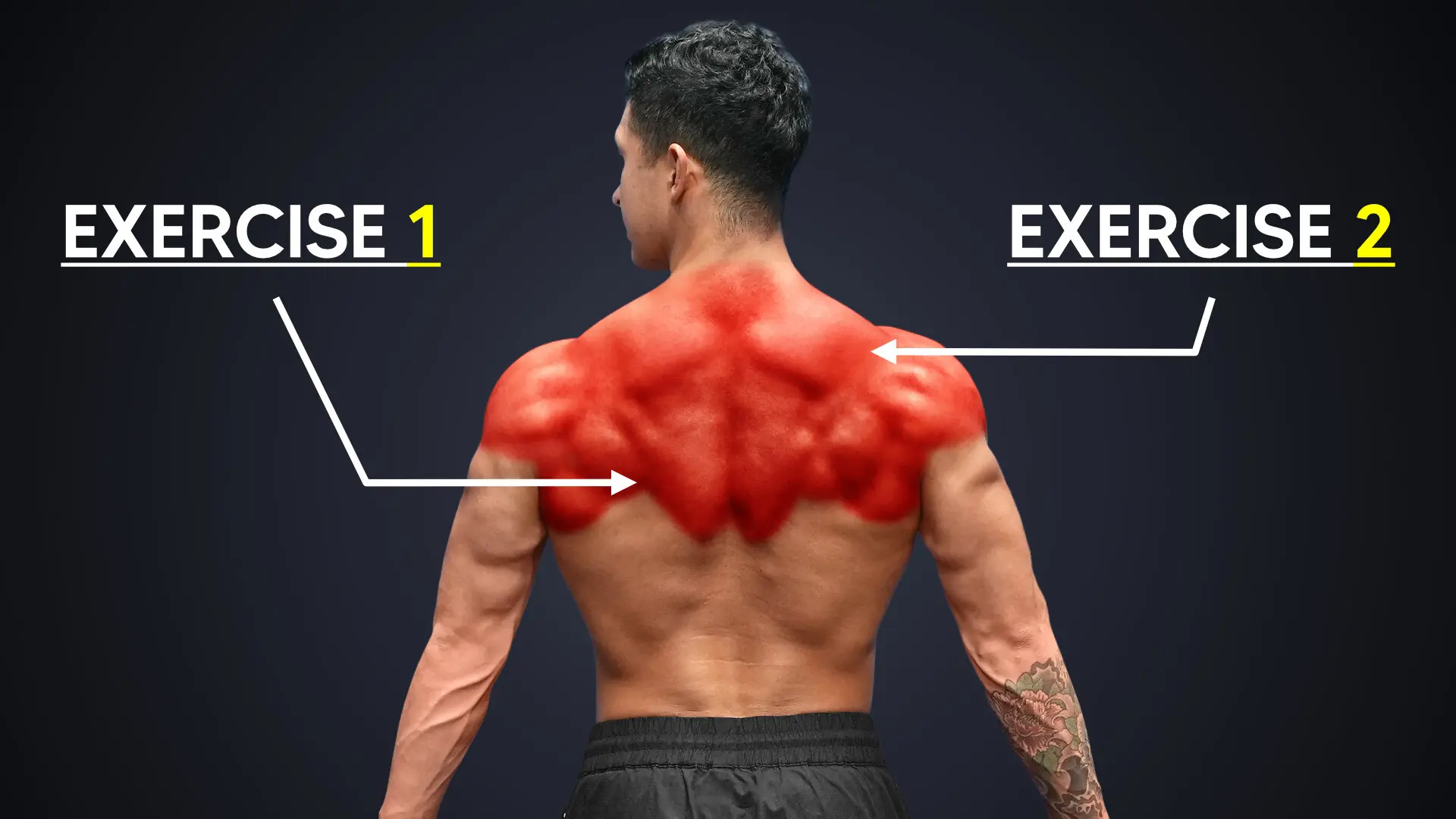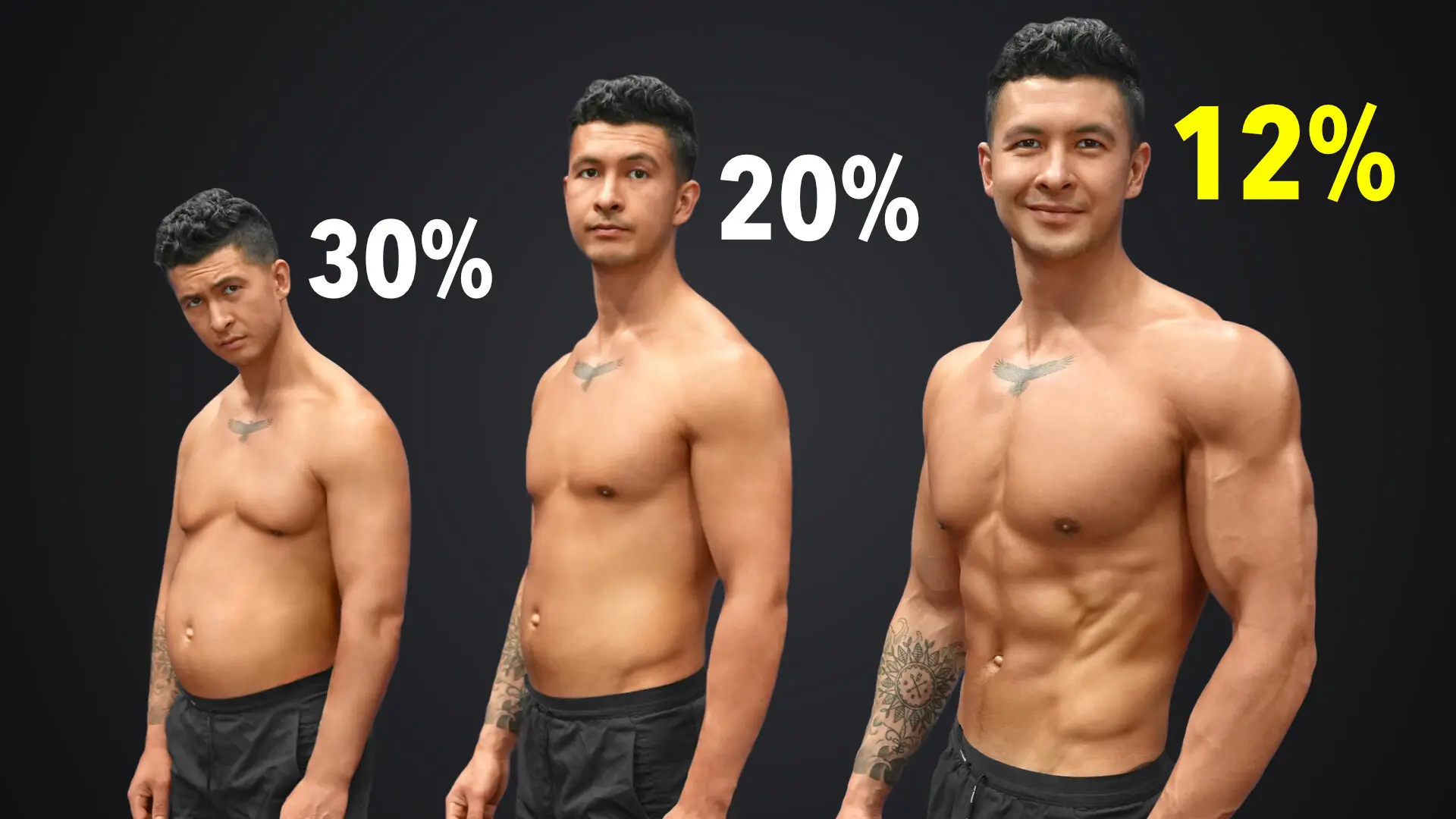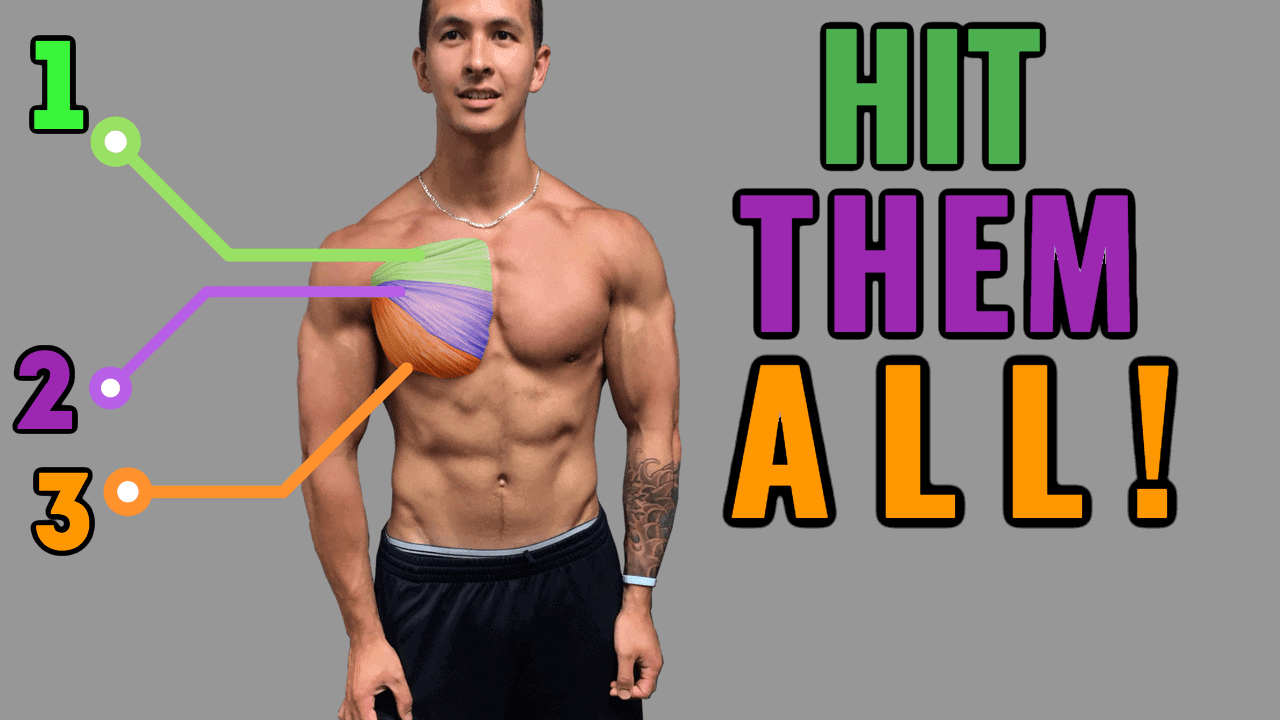
Chest Workout for Mass and Symmetry (11 Studies)
Having trouble developing your chest? This article is a must-read. Here, I cover the exact exercises and training plan that'll get you a massive chest - FAST.
Chest may be one of the most frequently trained muscles by most people. But it’s unfortunately also the one muscle group that people tend to have the most trouble developing. In addition, there’s a tendency for the majority of people to overly focus on flat pressing movements (e.g. barbell bench press).
Over time, with inadequate volume in other planes of motion (incline or decline for example), this can lead to an “imbalanced chest”. Thus, when it comes to developing an attractive chest, symmetry becomes more important than sheer size. Meaning it’s vital that you target and train each portion of your chest appropriately.
Looking to learn how you can target each of your muscle groups appropriately (and effectively) - in addition to the chest? No worries. I've got you. I've designed every program of mine to be an all-in-one, science-based process that'll get you to your dream physique FAST.
Click the button below to take my analysis quiz to discover the best program for you:
↓
Chest Muscles Anatomy
Anatomically, the chest is divided into two main regions:
- Clavicular head of the pec major - Also known as the “upper chest”
- Sternal head of the pec major - Divides into both the middle chest and the lower chest based on the way the fibres run
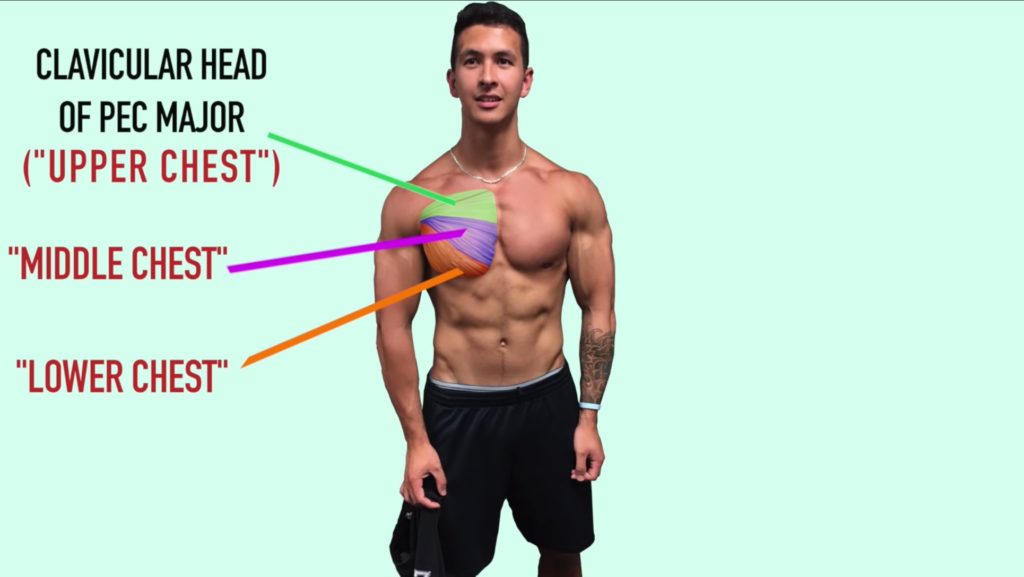
Although all portions will be activated during all chest exercises, certain portions can be emphasized. Since the:
- Upper chest fibres run upward - They are best activated with chest exercises where the arms move upward (shoulder flexion)
- Middle chest fibres run horizontally - They are best activated with chest exercises where the arms move directly horizontally
- Lower chest fibres run downwards - They are best activated with chest exercises that involve the arms moving downwards (shoulder extension)
First, Establish A Solid Mind-Muscle Connection With Your Chest
Before we get started, it’s important that you establish a solid mind-muscle connection with your chest. Otherwise, you’ll be working secondary muscles and your chest won’t grow as much as it could. This is illustrated in the study by Snyder & Fry. Researchers showed that verbal cues helped boost chest activation by 22% during bench press in trained athletes, compared to when no cues were used.
Some helpful cues you can use are to:
- Depress your traps
- Squeeze your shoulder blades back into the bench before starting any pressing movement AND
- Think less about pushing the weight, and more about moving the weight by squeezing your biceps together and back out again during every rep. That's because the main function of the pecs is this exact movement (horizontal adduction and resisting against horizontal abduction).
Exercise 1: Incline Dumbbell Press
Incline dumbbell presses put more emphasis on the clavicular head of the pecs and work several other secondary muscles as well. That's because of the added shoulder flexion of this movement. The main reason for starting with this exercise is to prioritize the upper chest. This is often the lagging portion of the chest in most people. However, I’ll further discuss exercise order later on in this article.
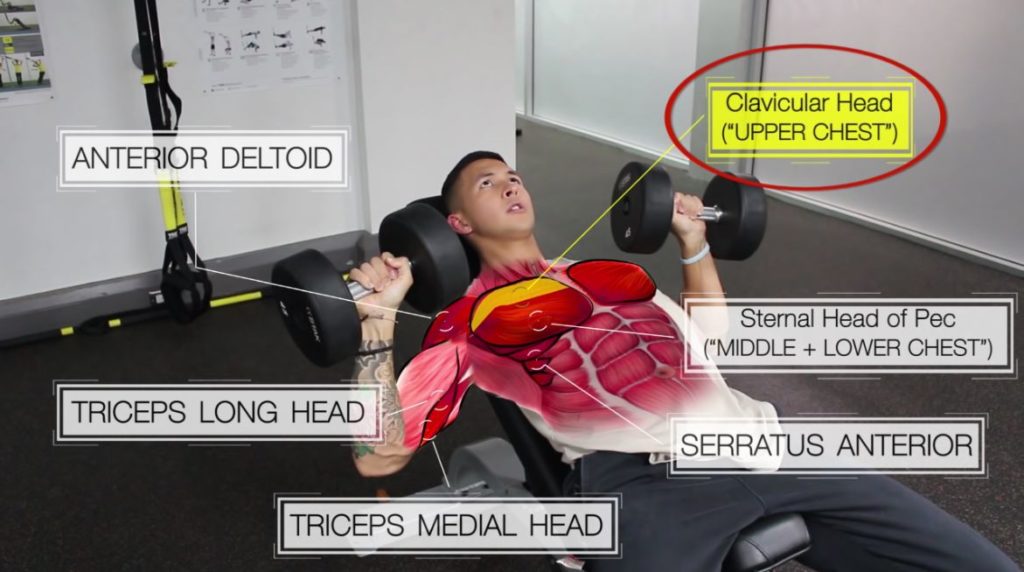
Advantages Of Incline Dumbbell Press
The great things about this exercise are:
- It allows a more full range of motion for the pecs, which leads to more hypertrophy. This is something that has been supported by many range of motion studies
- It’s very effective at activating the upper chest. For example, an extensive EMG study by Brett Contreras analyzed chest activity with 15 different chest exercises. Incline dumbbell presses were found to be the most effective compound movement for the upper chest.
- It more effectively prevents muscle imbalances from forming since each hand is responsible for an equal amount of weight.
What Is The Best Angle To Perform Incline Dumbbell Presses?
As for the best bench angle to perform these with, this is something that will vary based on your anatomy. EMG studies have shown that an *optimal bench angle is between 30 degrees to 56 degrees. And showed higher anterior delt activation as the angle increases. I personally find that a 30 degree and 45 degree angle best activates my chest. And this also seems to be the case for most people. So, I’d suggest performing a couple of sets at both angles to hit your chest most effectively.
Exercise 2: Flat Bench Press
Option 1: Barbell Bench Press
The bench press is going to put the most emphasis on the middle chest. And will help with building overall chest thickness. This exercise is something I had to include in this workout because of the overwhelming evidence supporting its effectiveness at building the chest.
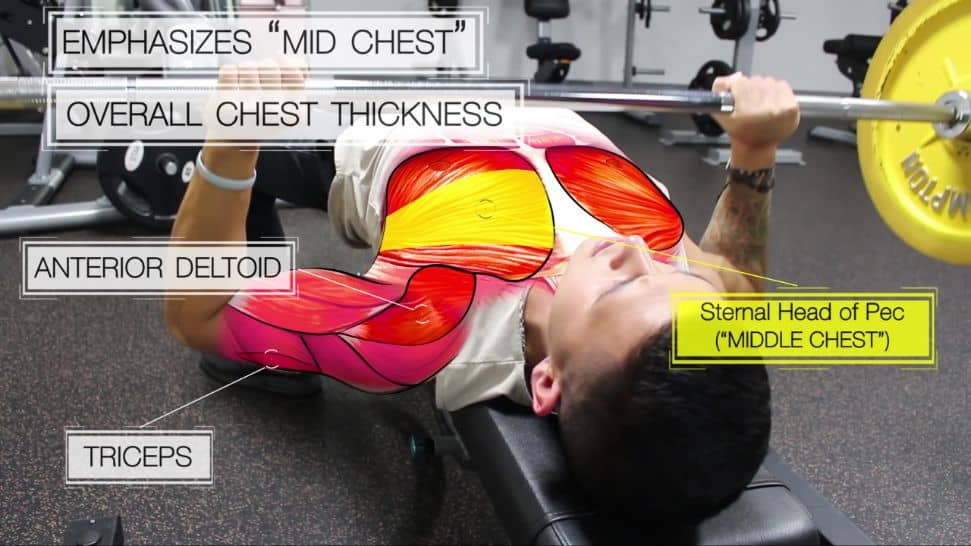
It has been shown in several studies to be the best exercise at activating the chest. And additionally, the exercise that you can lift the most weight with. Also, studies like this one by Akagi et al., show a positive correlation between 1 rep max bench press with the size of the pectoralis major. Thus, indicating that a strong bench does equate to a big chest in many cases.
And regarding form, you definitely want to come down to your chest for a full range of motion. As I mentioned earlier, this is more effective for hypertrophy than shorter ranges of motion.
Option 2: Dumbbell Bench Press
However, the main problem I find with bench press is that some people respond very well to it yet o
thers tend to overcompensate with the delts regardless of their form and various use of activation cues. I personally think this difference comes down to their individual anatomy. For example, how far down the pec inserts onto the humerus.
If this is the case for you, consider alternatively using an exercise like the dumbbell bench press. It has been shown to have similar chest activation to the barbell bench press but less triceps activation. This may be a plus if your triceps are overactive when benching.
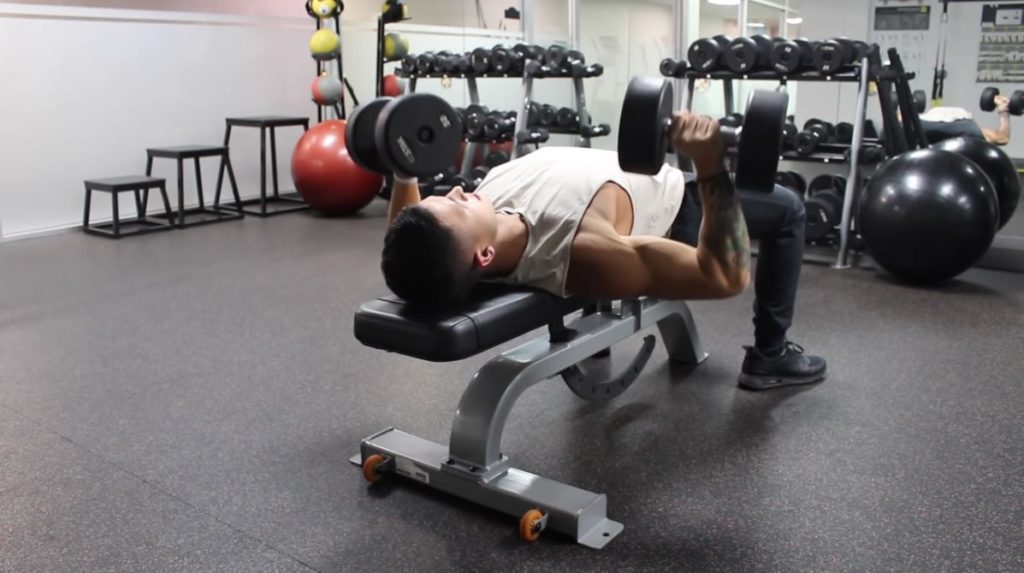
Other Advantages Of Performing The Dumbbell Bench Press
In fact, the dumbbell bench press was actually shown by Brett Contreras’ study to elicit the best activation for the middle chest. And another plus is the greater range of motion with dumbbells since your range of motion isn’t limited by the bar. But as you can see, even in the literature there’s a lot of individual variation. So try them both out and see which works best for you.
By the way, if you're someone who enjoys learning about the 'whys' of exercise selection, you're absolutely going to fall in love with our 2-on-1 coaching program. My team of experts here at BWS - and I - will always take the time to explain the rationale of an exercise included in your personalized training program. Find out more about how we can help you achieve your dream physique below:
Click the button below to find out more about the 2-on-1 coaching program:
↓
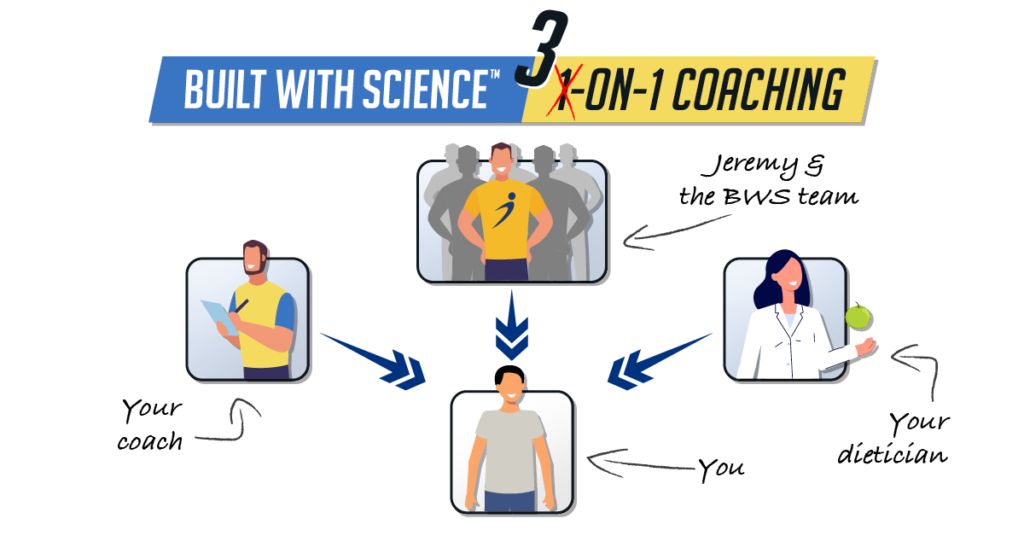
Exercise 3: Dips (Straight Bar or Regular Dips)
The next exercise is going to be dips. This exercise was shown in Brett Contreras’ study to be the most effective exercise for hitting the lower chest. And this makes sense given that your shoulder is put in an extended position.
I personally prefer this variation called straight-bar dips, as I feel it a lot more in my lower chest. This is probably due to to the added internal rotation during the movement which is another main function of the lower chest and it also gives my core a good workout.
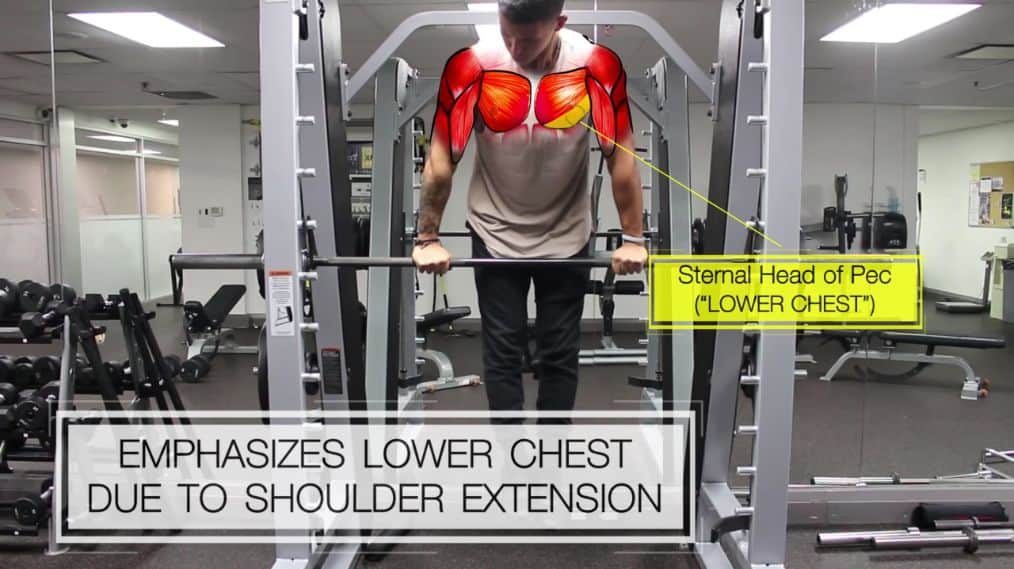
How To Perform Dips
You can do these on a smith machine bar. Or any barbell set up on a rack. You want to lean your upper body slightly over the bar and bring your legs forward under the bar as you descend to stay balanced. And then using your lower chest and triceps, push back up and try to keep your elbows from flaring out too much. And make sure the bar doesn’t drag against your body throughout the movement. It is a pretty tough exercise for most people. But I guarantee if you perform them properly you will see huge improvements in your lower chest.
If you’re struggling with that, then stick to regular dips for now with a slight lean forward to hit your chest more as opposed to the triceps. And you want to eventually start adding weight to keep progressing it.
Exercise 4: Banded Push-Ups
This exercise is kind of a finishing movement. But is something I highly recommend you include in your routine. All you do is put a band around your back and hold each end with your hands. Then perform regular push-ups with the added resistance.
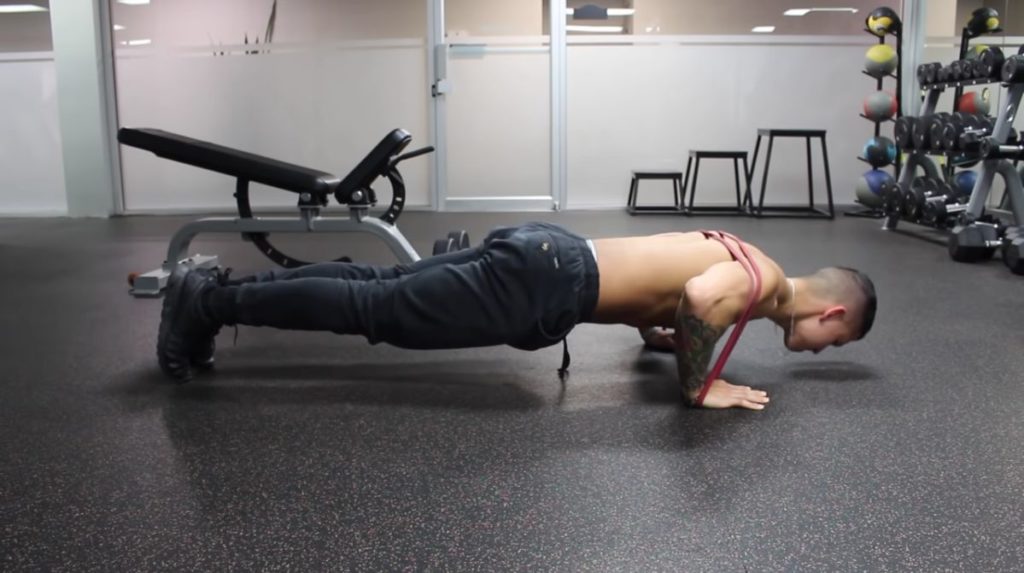
A study by Andersen et al compared banded push-ups with the bench press. They had one group perform only banded pushups for 5 weeks and another group perform only bench press for 5 weeks. The researchers then compared how their bench press strength changed after the 5 weeks were complete. The findings? Researchers found that:
- Banded push-ups exhibited nearly identical chest activation when compared to the bench press AND
- Both groups resulted in very similar bench press strength gains over the 5 weeks
The fact that this exercise has the potential to improve your upper body strength as much as the bench does, and the fact that it has been shown in multiple studies to activate the chest very well, especially the upper chest, is why I chose to include this is exercise. And an easy way to progress this exercise is just by using bands with higher resistance as you get stronger.
Exercise 5: High To Low Cable Crossovers
The last exercise is going to put more emphasis on the sternal head of the pecs. So both the middle and lower chest will be emphasized.
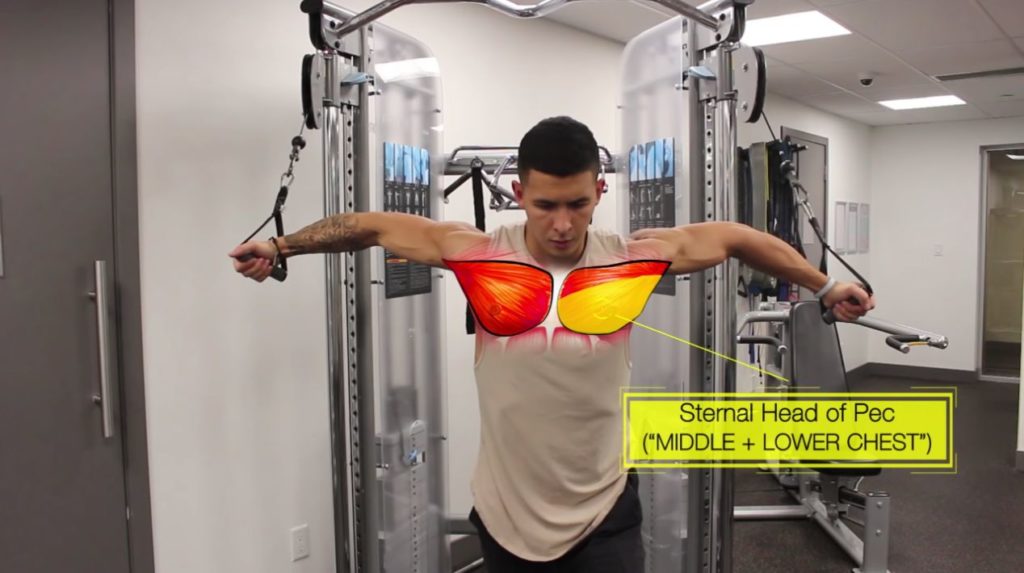
High to low cable crossovers have been shown in a few studies, like this one by Schanke et al., to be just as effective as the bench press at activating the pecs.
So it’s definitely a great finishing movement that you can perform to failure. Another bonus with this exercise is it allows you to do something you can’t do in most other exercises. That is: it enables you to cross your hands over at the bottom position to allow *greater horizontal adduction* at the shoulder. This will better activate the chest.
Sample Chest Workout & Exercise Order
So to conclude, here’s a sample chest workout you can perform using the exercises I previously discussed.
Incline Dumbbell Press: 3 sets of 6-10 reps
Barbell OR Dumbbell Bench Press: 3 sets of 6-10 reps
Dips: 3 sets of 8-12 reps
Banded Push-ups: 3 sets of 6-12 reps (or to failure)
High to Low Cable Crossovers: 3 sets of 10+ reps
The Order In Which You Perform The Exercises Matters
But one thing to keep in mind is the order that you perform the exercises in. Several studies have shown a trend where lifters get better gains in hypertrophy and strength for exercises that are done early in a session. Meaning you want to order exercises based on what your strengths and weaknesses are. Accordingly, here;s how you should structure the workout.
Lagging Upper Chest
Incline Dumbbell Press: 3 sets of 6-10 reps
Barbell OR Dumbbell Bench Press: 3 sets of 6-10 reps
Dips: 3 sets of 8-12 reps
Banded Push-ups: 3 sets of 6-12 reps (or to failure)
High to Low Cable Crossovers: 3 sets of 10+ reps
Lagging Mid-Chest And Overall Thickness
Barbell OR Dumbbell Bench Press: 3 sets of 6-10 reps
Incline Dumbbell Press: 3 sets of 6-10 reps
Dips: 3 sets of 8-12 reps
Banded Push-ups: 3 sets of 6-12 reps (or to failure)
High to Low Cable Crossovers: 3 sets of 10+ reps
Lagging Lower Chest
Dips: 3 sets of 8-12 reps
Barbell OR Dumbbell Bench Press: 3 sets of 6-10 reps
Incline Dumbbell Press: 3 sets of 6-10 reps
High to Low Cable Crossovers: 3 sets of 10+ reps
Banded Push-ups: 3 sets of 6-12 reps (or to failure)
This will help prioritize weaknesses and help balance out your chest more.
Don't Be Afraid To Experiment
Another thing to note is that in my personal experience and in my review of the literature, I noticed there is a lot of individual variation when it comes to the best exercises for the chest. For example, anatomical variations like how far down your pecs insert on your humerus can determine if things like bench press are a good option for you or not. So although results from studies will apply to most people, they don’t account for every individual.
This is why I recommend you do a lot of experimentation and feel free to swap out exercises for others that you feel better activation with, and also feel free to split the workout in half and fit them in with other workout days (e.g. PPL split). And that’s basically it. I hope this helps you guys out.
Also keep in mind that your nutrition throughout this period and during your training, in general, will always be the most important factor in building your chest.
That’s why within my science-based programs, in addition to the step by step training plans you’ll receive, I’ve also created a nutrition tracker that’ll do all the guesswork for you and show you what to eat, how much to eat, and how to adjust this over time to avoid reaching plateaus. To gain access today:
Click the button below to take my analysis quiz to discover the best program for you:
↓



